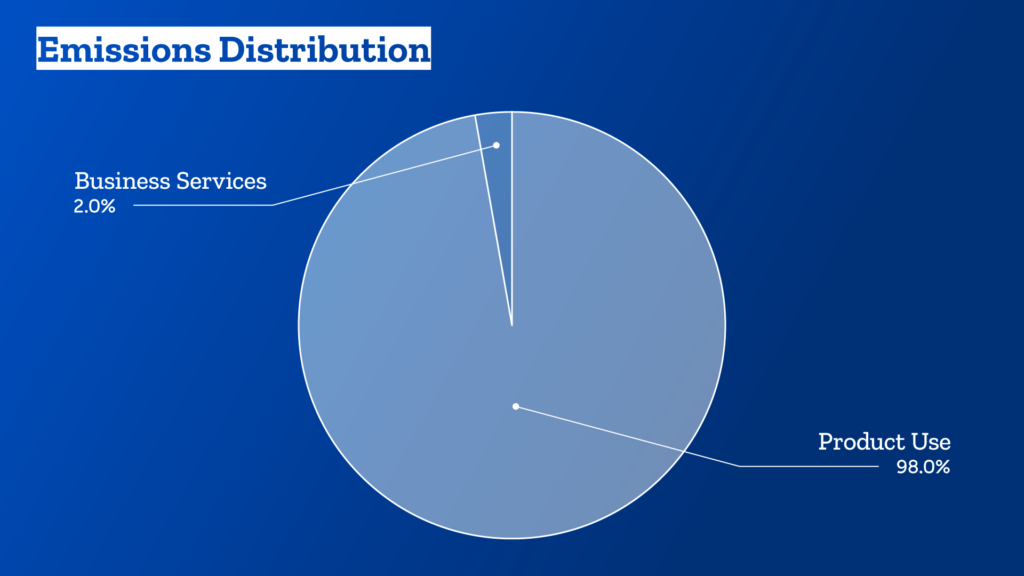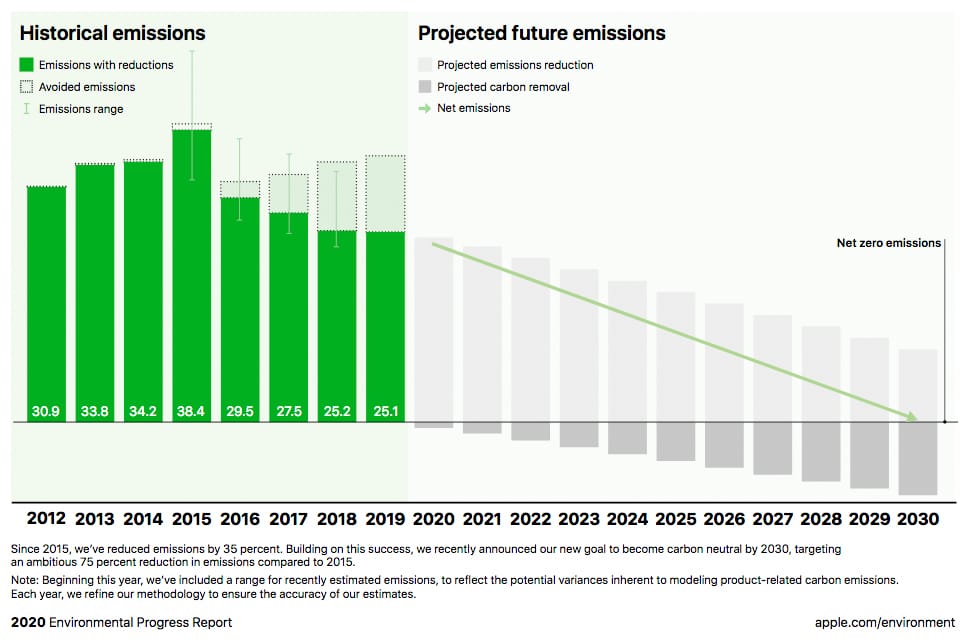I’ve been trying to reconcile the environmental impact of working on the computer and Internet. Hosting this site means I should be accepting responsibility of the electricity required to store, transmit, and work on it. Correct?
I’m not the only one coming to grips with this realization. Mozilla recently released a greenhouse gas baseline. They estimate that people using their browser in 2019 amounts to 785,474 metric tons of carbon dioxide equivalent (mtCO2e). That’s equal to the yearly energy use for 90,639 homes in the United States.

Apple has also made a bold promise to be totally carbon neutral by 2030. That includes “the energy used to power our customers’ devices.” They would not be counting the energy my iMac is using right now since it is nine years old. The fine print states, “Apple assumes a three- or four-year period for power use by first owners based on the product type. Product use scenarios are based on historical customer use data for similar products.”

Closer to my original thought, Eric Bailey came along and asked, “So you wanna create an eco-friendly website.” His take included some good performance improvements for minimizing impact but still came to the same conclusion I’m running into. Outside of deleting your website and not participating in energy use, you’re going to need carbon credits and offsets.
Luckily, there are some resources to help with this process.
- The Website Carbon Calculator can show you a sobering estimate of your impact.
- The Green Web Foundation can help find eco-friendly hosting.
- There are tons of carbon offset companies popping up now. I haven’t done enough research to link any. That seems like the next step I need to take to justify this site staying online.
